2005 Diamond Creek, Gravelly Meadow Cabernet Sauvignon, Napa Valley,California, USA
Critics reviews
The 2005 Cabernet Sauvignon Gravelly Meadow has a sweet, earthy, minerally character, delicate yet impressively intense blue and black fruits, medium body, sweet, sweet tannin, and a harmonious and impressively balanced mouthfeel. This is not blockbuster by any means, but rather an elegant yet authoritatively flavored wine to drink now and over the next 15 or more years. A fine vein of acidity keeps everything well-poised, precise and fresh.
Diamond Creek Vineyards is certainly one of the historic names of Napa Valley and an iconic brand. They were pioneers in creating three single-vineyard wines based on specific terroirs – high on Diamond Mountain with the gravel soils producing the Gravelly Meadow, the volcanic soils of the Red Rock Terrace, and of course, the iron-rich, white Tufa volcanic soils producing the Volcanic Hill. Interestingly enough, Volcanic Hill is the biggest parcel at eight acres, with Red Rock Terrace at seven acres, and Gravelly Meadow only five acres.
I believe they were all initially 100% Cabernet Sauvignons, but in 2005 the blends are identical, all consisting of 80% Cabernet Sauvignon, 12% Merlot, 4% Cabernet Franc, 3% Petit Verdot and 1% Malbec. Moreover, they are all aged in 100% new French oak. Alcohol levels came in consistently at 14.5%, as did the final pH numbers at 3.72. Such numbers are similar to a ripe Bordeaux vintage such as 2009 or 2010, or for that matter 2005. This gives the consumer a good chance to follow three specific terroir-based, single-vineyard wines over the course of evolution and see how they age.
Obviously, I was excited to look at them, even though they remain young wines at age ten. I should also note that for my taste, the 1974, 1975, 1976 and 1978 from Diamond Creek are among the most extraordinary Cabernet Sauvignon-based wines, not only from Napa, but possibly the world. They will forever be embedded in my mind as true legendary efforts.
Drink 2015 - 2030
Robert M. Parker, Jr., Wine Advocate (June 2015)
About this WINE
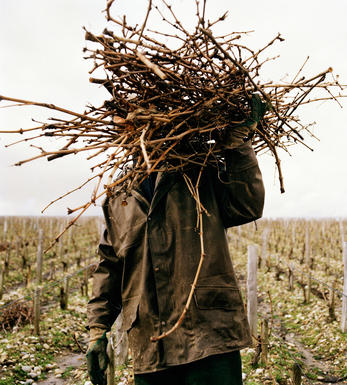
Diamond Creek
Al Brounstein bought Diamond Creek, which is situated high in the hills above Calistoga in the Napa Valley, in 1968. It was only after he had cleared the land that he realised that there were 4 very different plots, each distinct in terms of soil content, aspect and elevation. He subsequently named the vineyards, Volcanic Hill, Red Rock Terrace, Gravelly Meadow and Lake Vineyard - the first single vineyard wines were produced in 1972.
All the wines are vinified and matured identically - namely, fermentation in open wood casks followed by maturation for 18-20 months in French barriques (50% new). They are all made for long-term bottle ageing with Red Rock being the most approachable in youth while Gravelly Meadow is the most long-lived of the four.
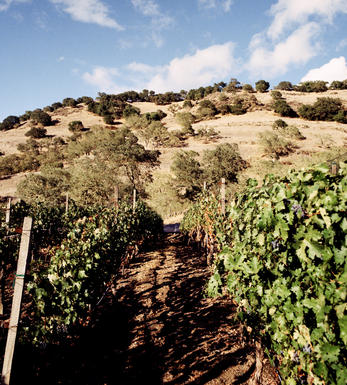
Napa Valley
North Coast's Napa Valley is California's most famous viticultural area (AVA), claiming some of the most expensive agricultural land in the world and producing wines of ‘cult’ status.
Its 16,000 ha of vines lie over a strip (40 miles long-5 miles wide) of diverse soils (clay, gravely, volcanic), with its northernmost end on the side of Mountain Helena and its foot in San Francisco Bay. The valley is framed by two mountains ranges Vaca (to the north) and Mayacamas (to the south), yet the main climatic influence is the cool wind and fog that is sucked in from San Pablo Bay during the afternoon, allowing grapes to ripen slowly and evenly.
The area enjoys a variety of unique microclimates, as temperatures can vary dramatically as much as 15 degrees, from the north to the south end of the valley. These differences have led to the creation of several sub-AVAs (14 in total) including:
Atlas Peak, Chiles Valley District, Diamond Mountain District, Howell Mountain, Los Carneros, Mt. Veeder, Oakville, Rutherford, St. Helena, Spring Mountain District, Stags Leap District, Yountville, Wild Horse Valley and Oak Knoll District. The Calistoga AVA is still pending approval.
Both the “Napa Valley” designation and the sub-AVA name must appear on the wine label simultaneously, with the exception of wines from the Carneros AVA, which is shared between the Napa Valley and the Sonoma County.
Cabernet Sauvignon is the undisputed king of Napa grapes, occupying over 45% of the vineyard acreage, followed by (predominantly) Chardonnay, Sauvignon Blanc, Chenin Blanc, Riesling, Zinfandel, Merlot, Cab. Franc and to a lesser extent Petite Sirah, Sangiovese, Barbera, Dolcetto.
Recommended Producers
Frog's Leap, Dominus, David Ramey, Viader, Stag's Leap Cellars, Paras Vineyards, Heitz.
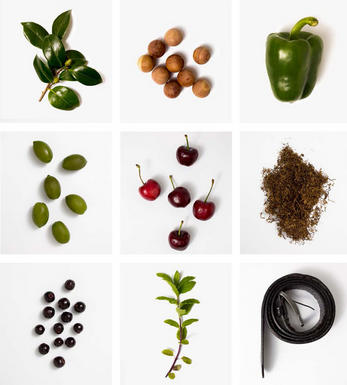
Cabernet Sauvignon
The most famous red wine grape in the world and one of the most widely planted.
It is adaptable to a wide range of soils, although it performs particularly well on well-drained, low-fertile soils. It has small, dusty, black-blue berries with thick skins that produce deeply coloured, full-bodied wines with notable tannins. Its spiritual home is the Médoc and Graves regions of Bordeaux where it thrives on the well-drained gravel-rich soils producing tannic wines with piercing blackcurrant fruits that develop complex cedarwood and cigar box nuances when fully mature.
The grape is widely planted in California where Cabernet Sauvignon based wines are distinguished by their rich mixture of cassis, mint, eucalyptus and vanilla oak. It is planted across Australia and with particular success in Coonawarra where it is suited to the famed Terra Rossa soil. In Italy barrique aged Cabernet Sauvignon is a key component in Super Tuscans such as Tignanello and Sassicaia, either on its own or as part of a blend with Sangiovese.


Buying options
Add to wishlist
Description
The 2005 Cabernet Sauvignon Gravelly Meadow has a sweet, earthy, minerally character, delicate yet impressively intense blue and black fruits, medium body, sweet, sweet tannin, and a harmonious and impressively balanced mouthfeel. This is not blockbuster by any means, but rather an elegant yet authoritatively flavored wine to drink now and over the next 15 or more years. A fine vein of acidity keeps everything well-poised, precise and fresh.
Diamond Creek Vineyards is certainly one of the historic names of Napa Valley and an iconic brand. They were pioneers in creating three single-vineyard wines based on specific terroirs – high on Diamond Mountain with the gravel soils producing the Gravelly Meadow, the volcanic soils of the Red Rock Terrace, and of course, the iron-rich, white Tufa volcanic soils producing the Volcanic Hill. Interestingly enough, Volcanic Hill is the biggest parcel at eight acres, with Red Rock Terrace at seven acres, and Gravelly Meadow only five acres.
I believe they were all initially 100% Cabernet Sauvignons, but in 2005 the blends are identical, all consisting of 80% Cabernet Sauvignon, 12% Merlot, 4% Cabernet Franc, 3% Petit Verdot and 1% Malbec. Moreover, they are all aged in 100% new French oak. Alcohol levels came in consistently at 14.5%, as did the final pH numbers at 3.72. Such numbers are similar to a ripe Bordeaux vintage such as 2009 or 2010, or for that matter 2005. This gives the consumer a good chance to follow three specific terroir-based, single-vineyard wines over the course of evolution and see how they age.
Obviously, I was excited to look at them, even though they remain young wines at age ten. I should also note that for my taste, the 1974, 1975, 1976 and 1978 from Diamond Creek are among the most extraordinary Cabernet Sauvignon-based wines, not only from Napa, but possibly the world. They will forever be embedded in my mind as true legendary efforts.
Drink 2015 - 2030
Robert M. Parker, Jr., Wine Advocate (June 2015)
wine at a glance
Delivery and quality guarantee